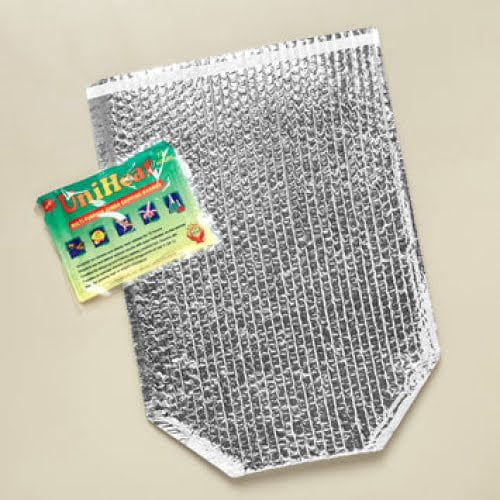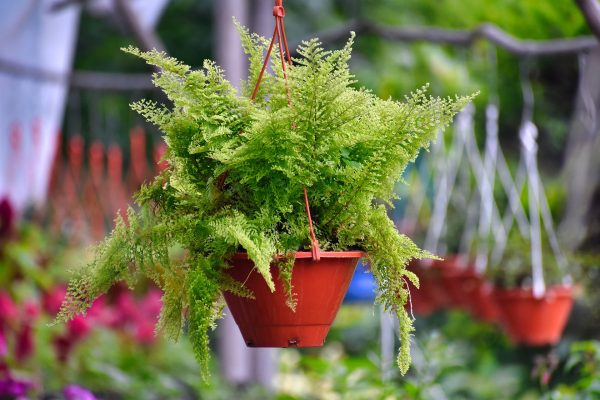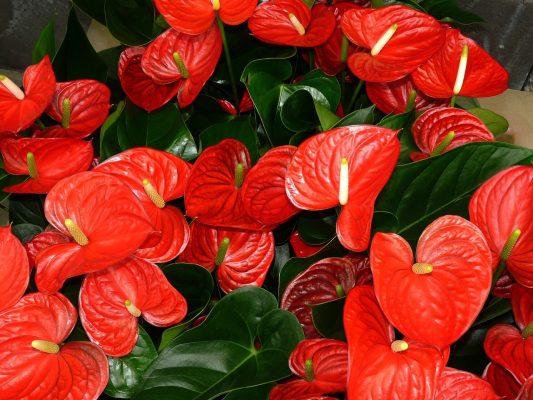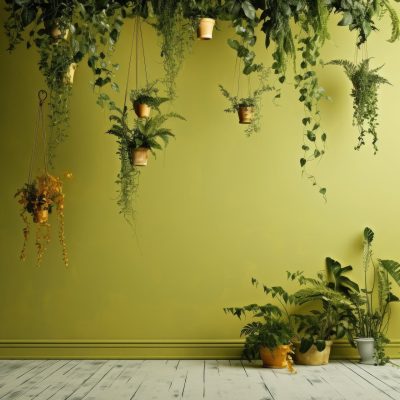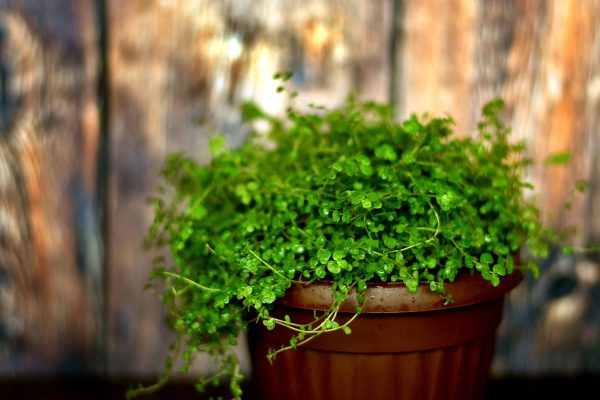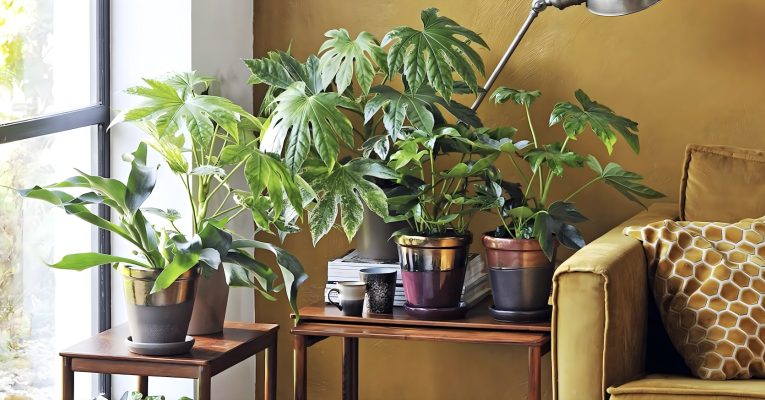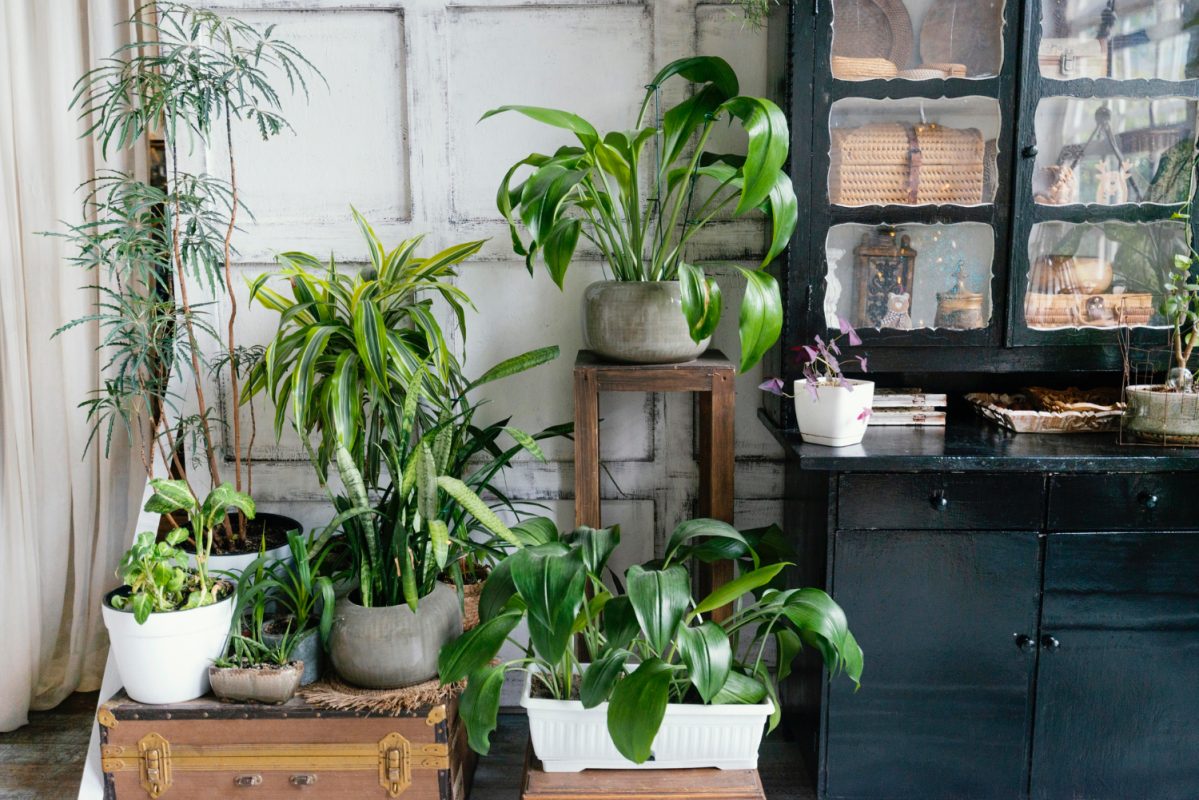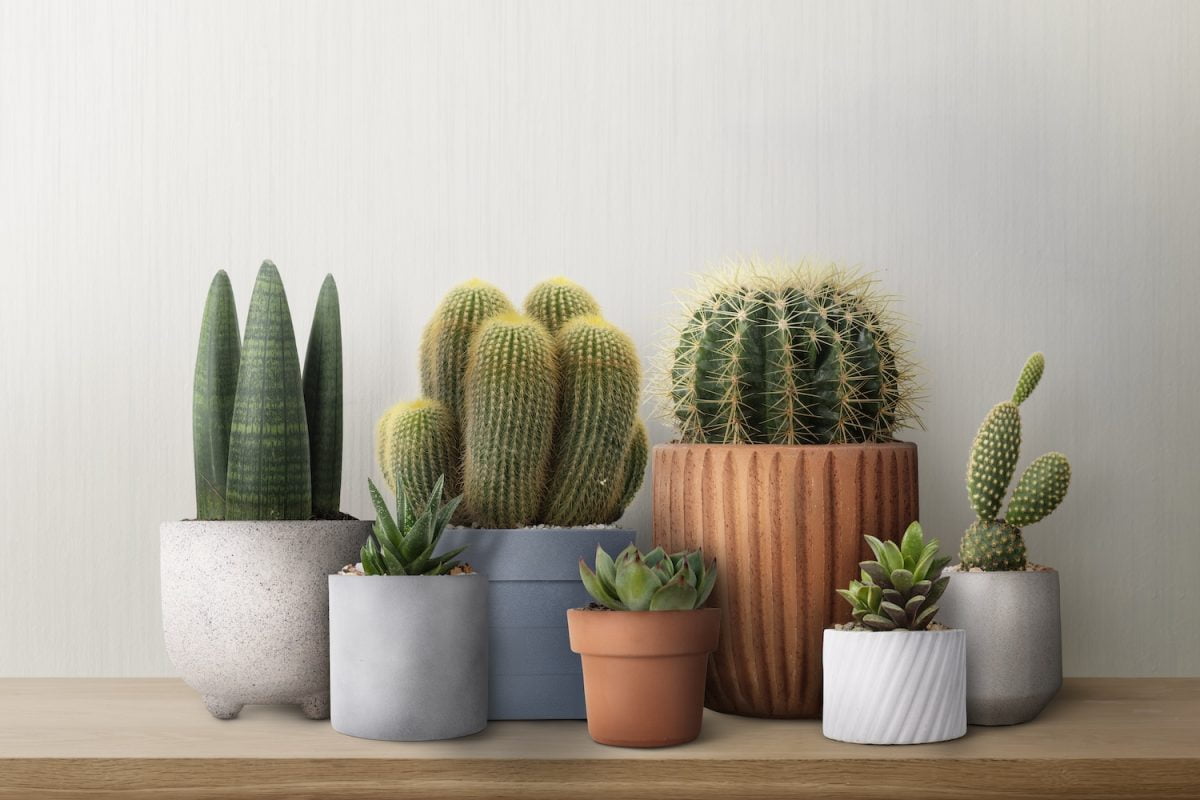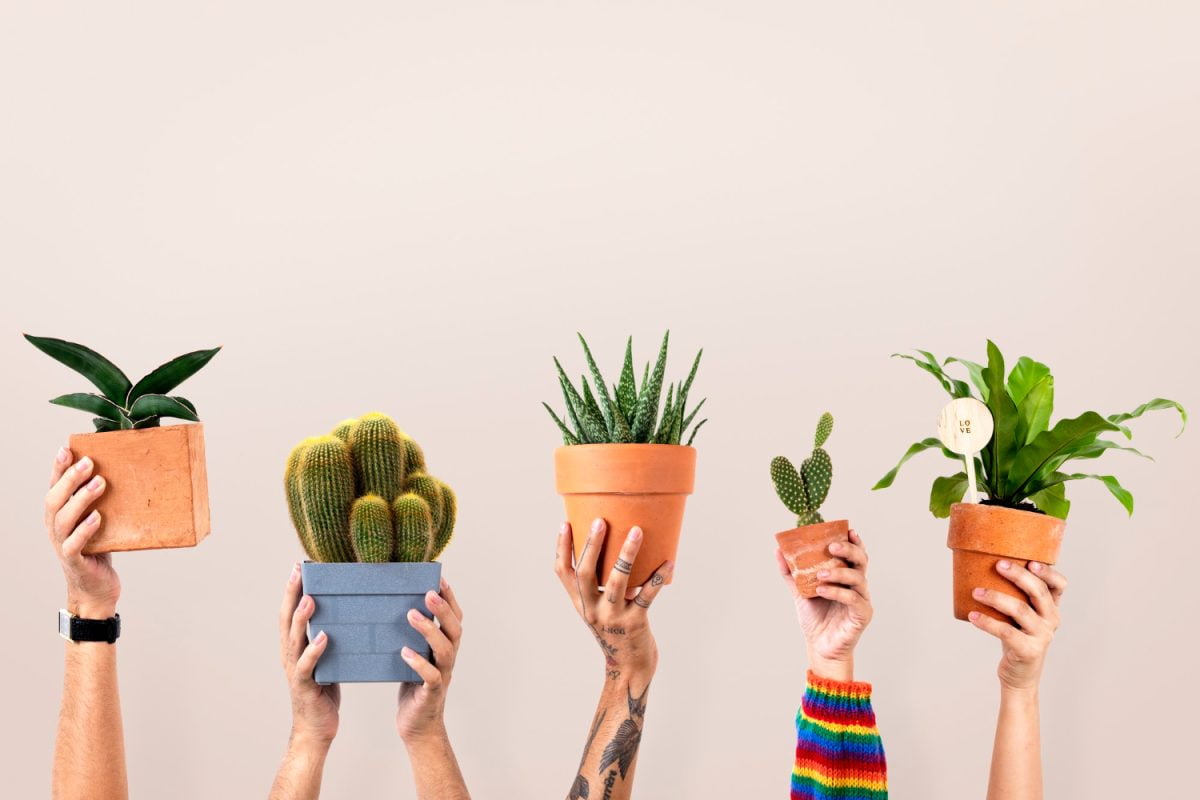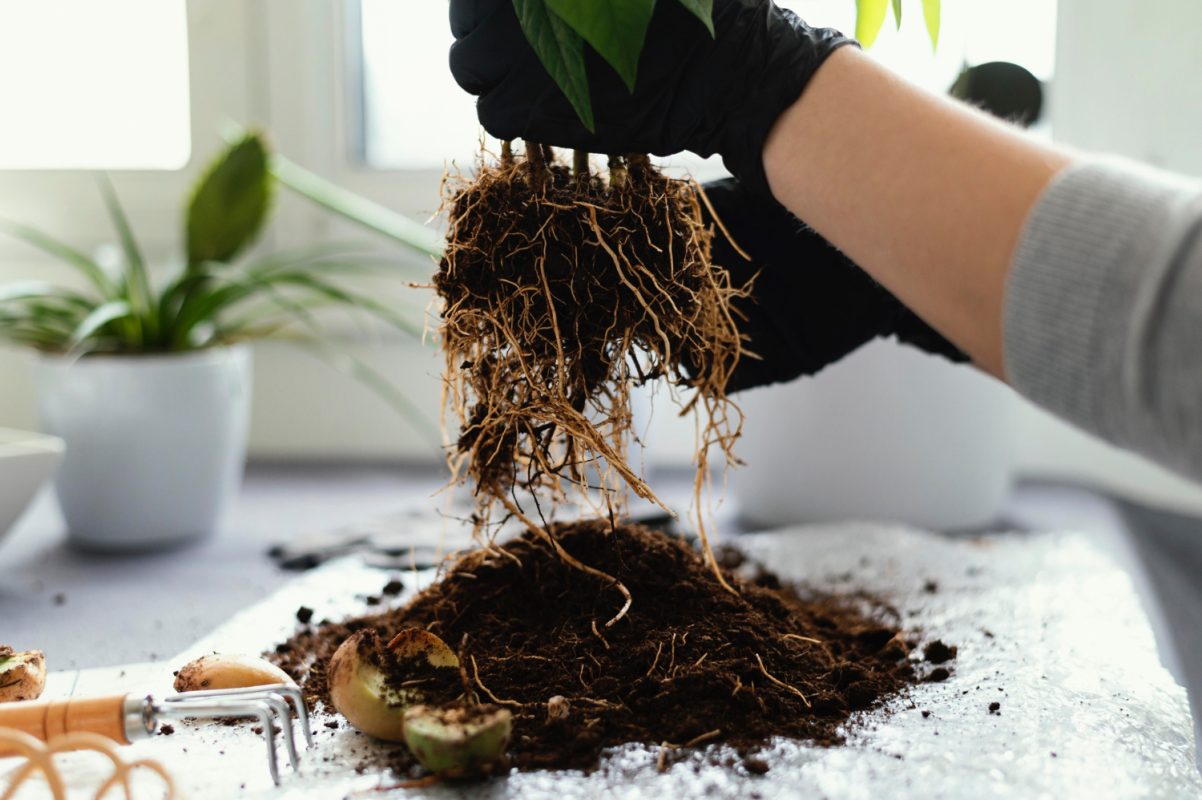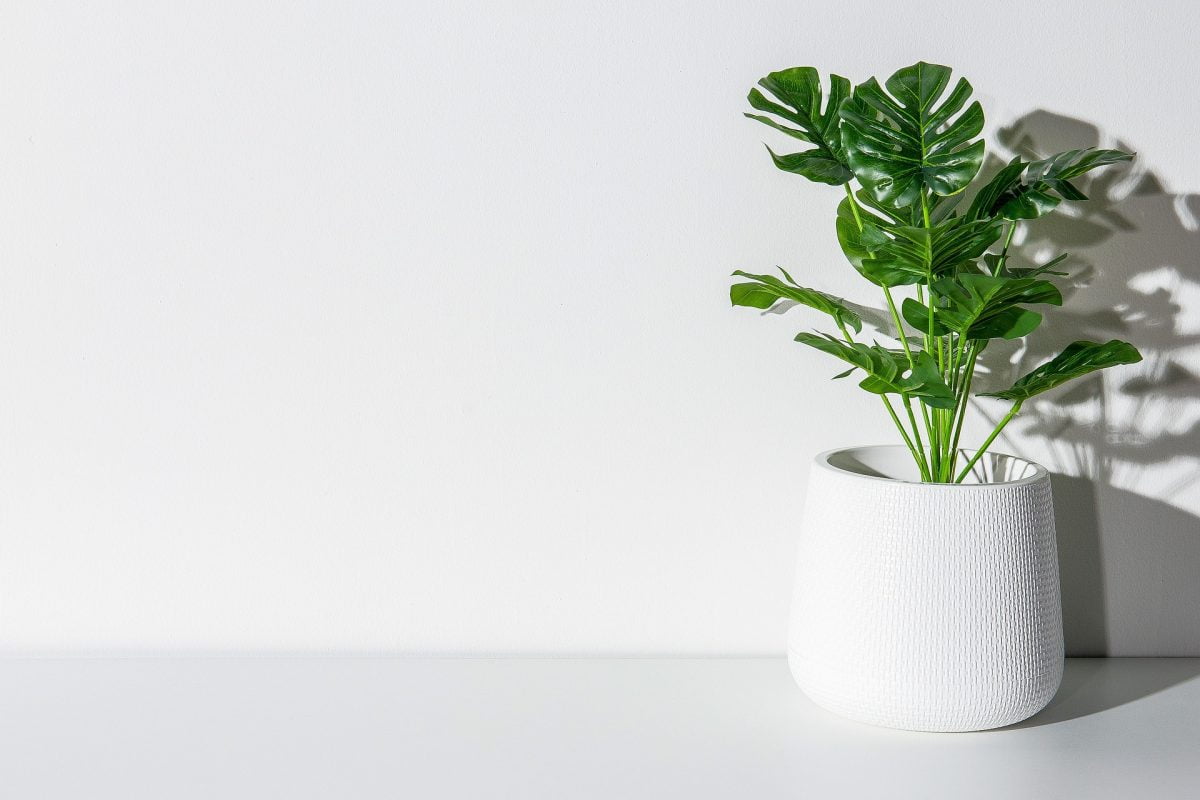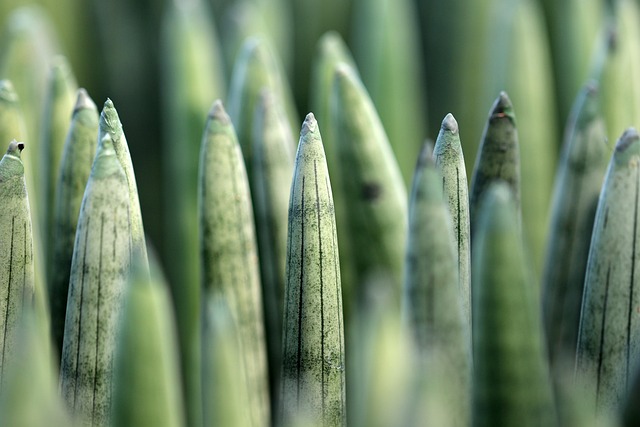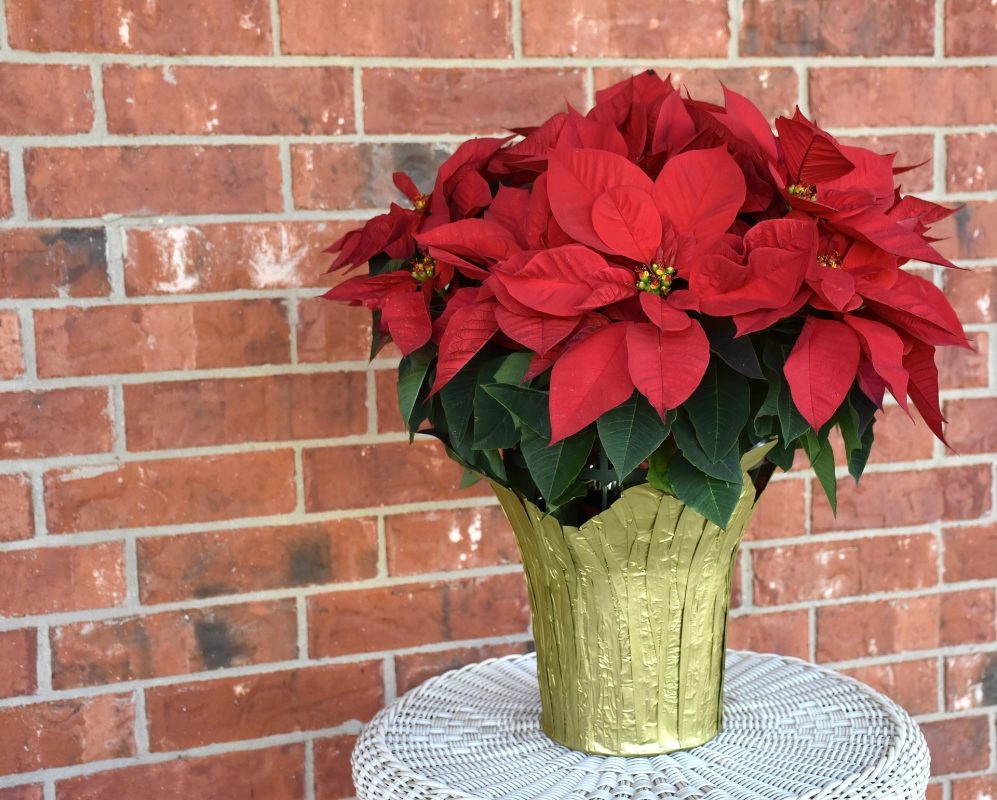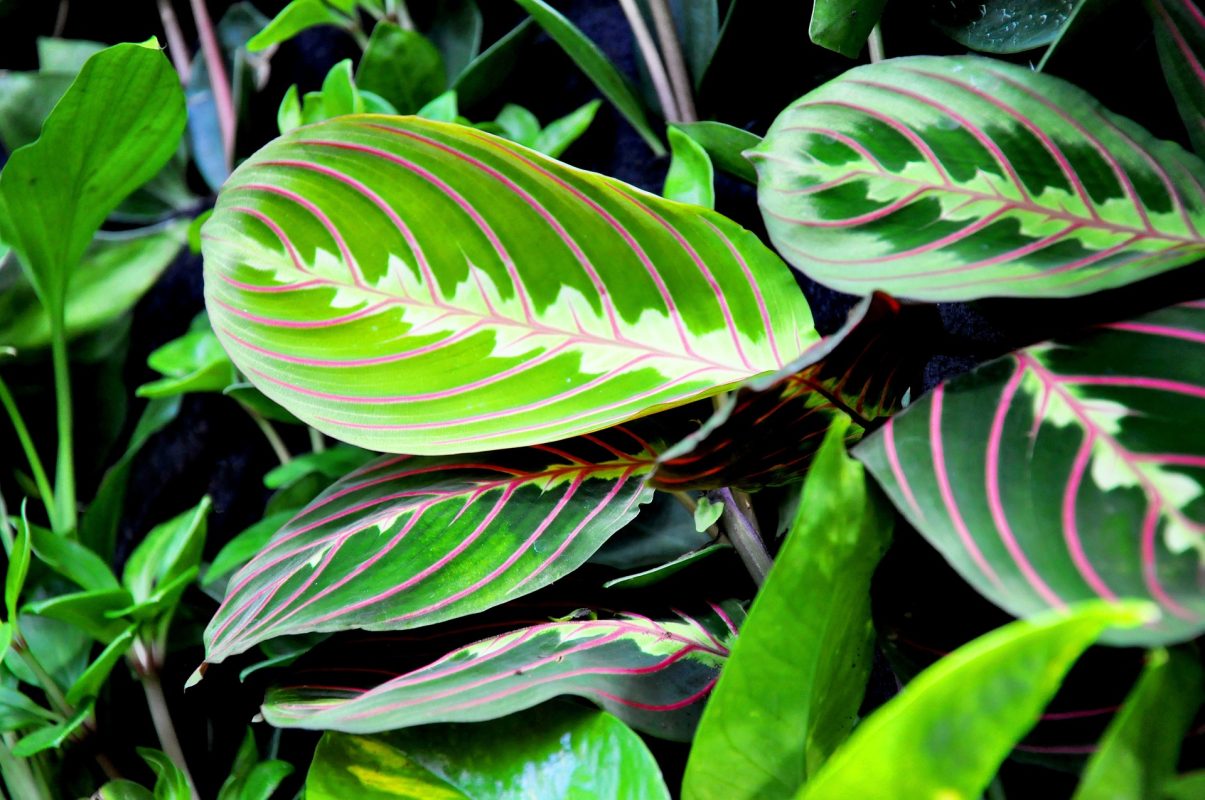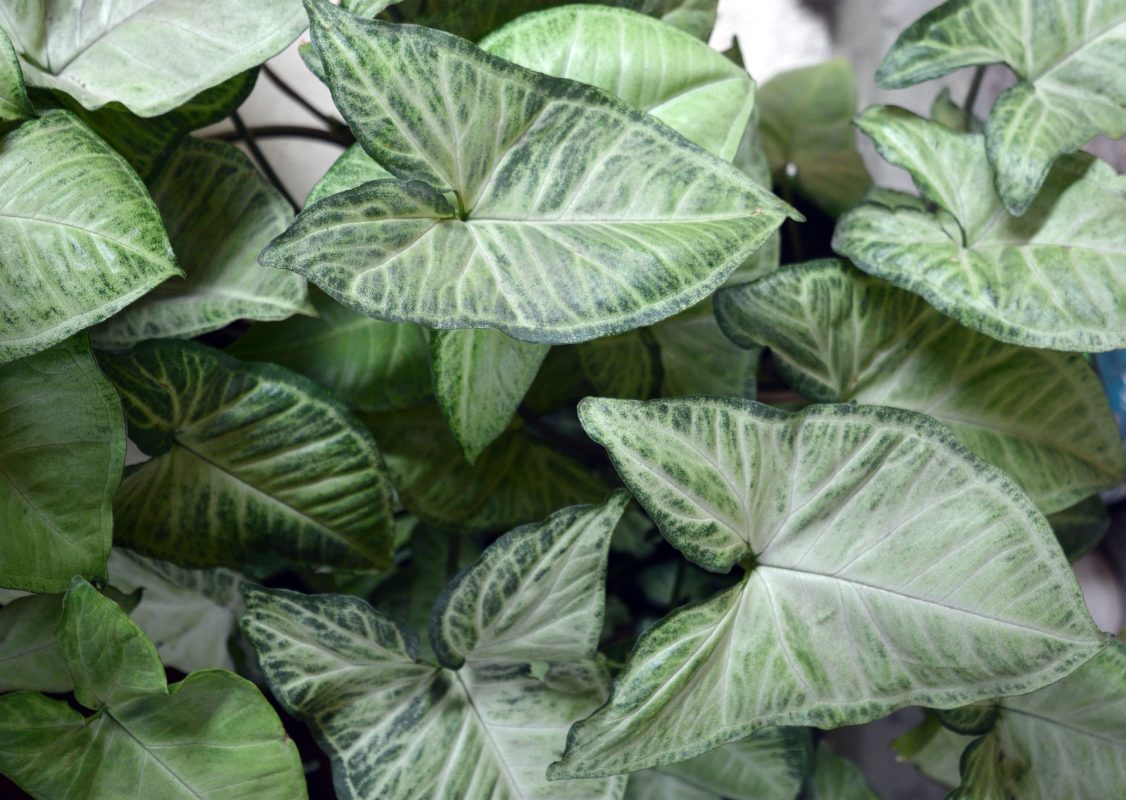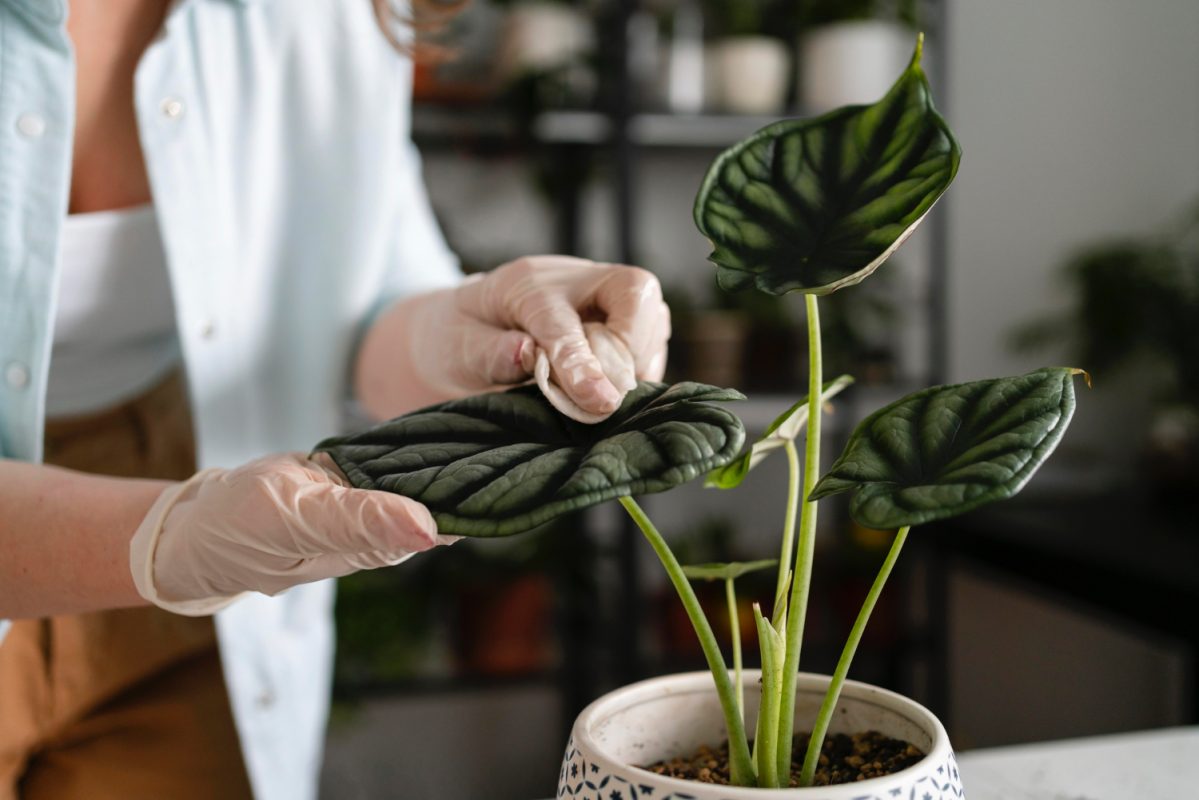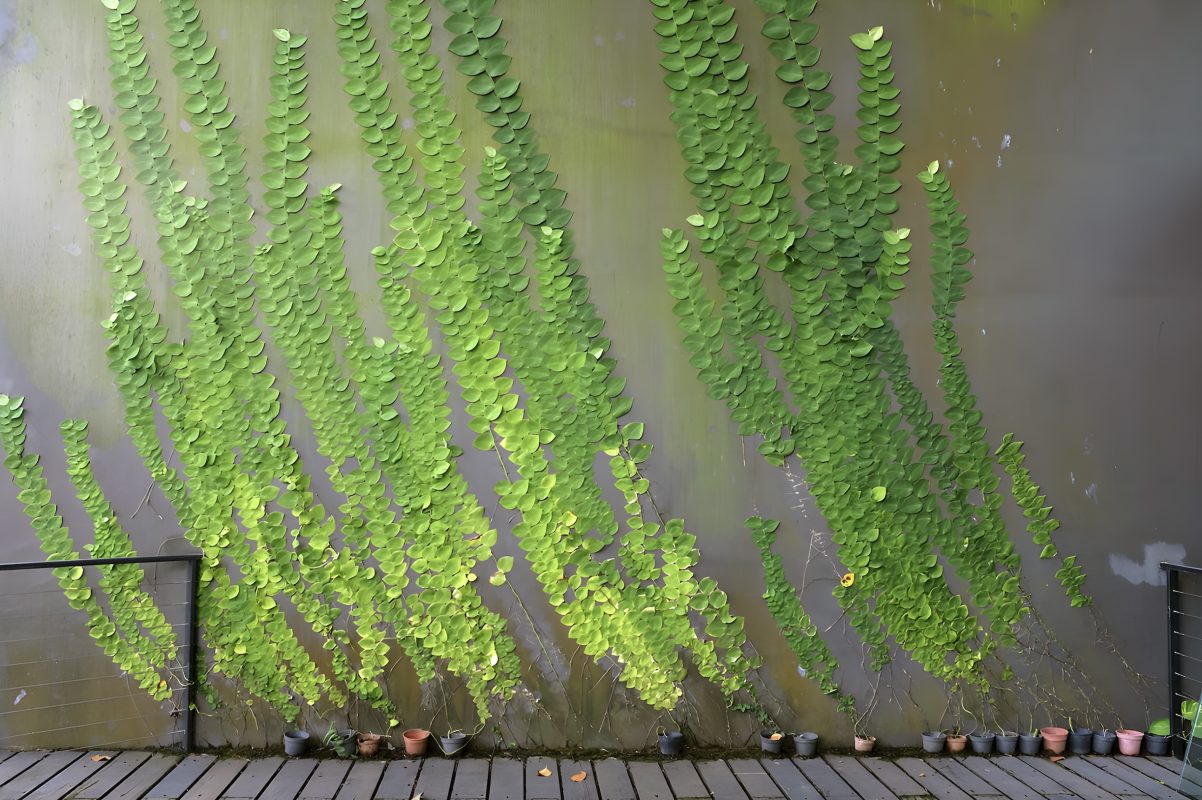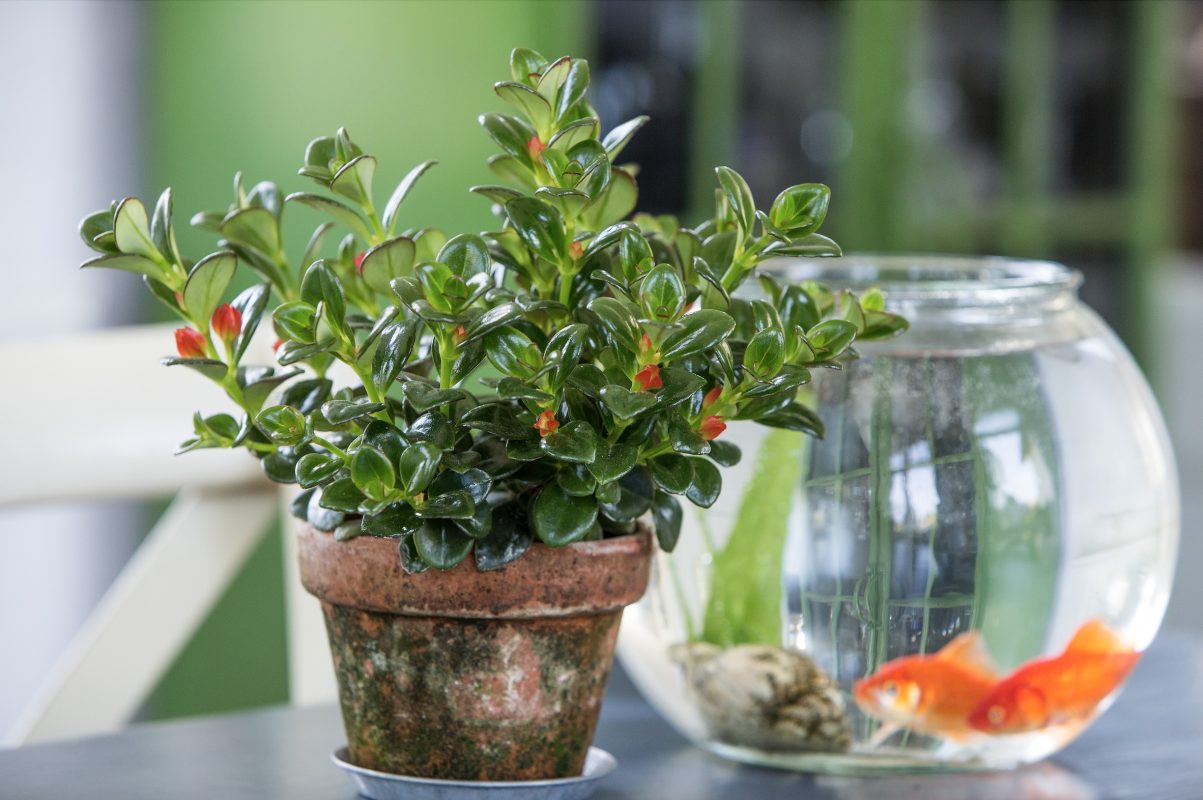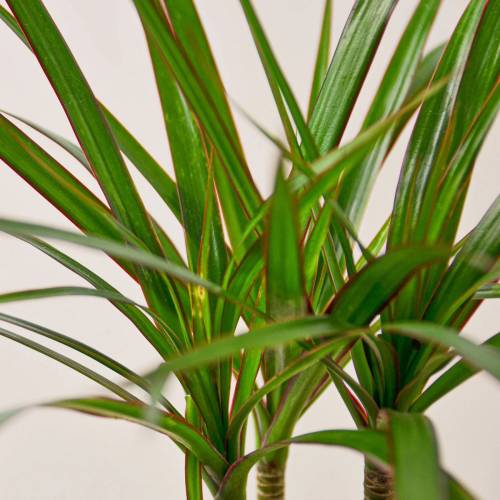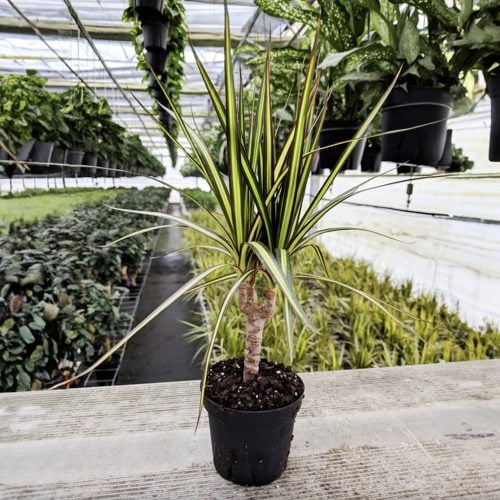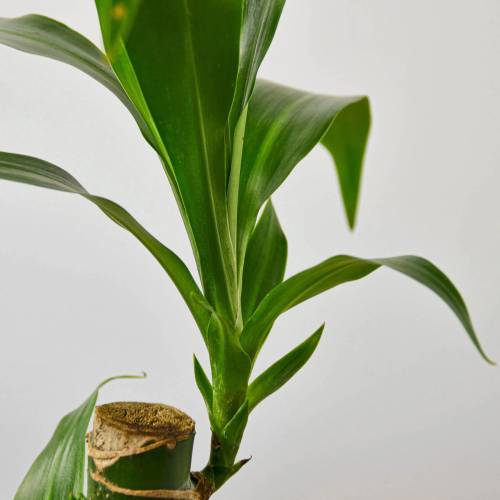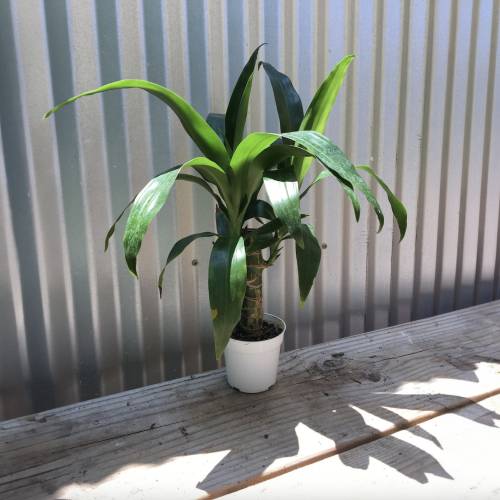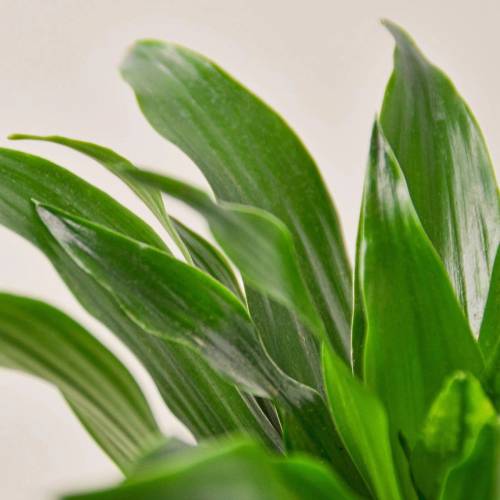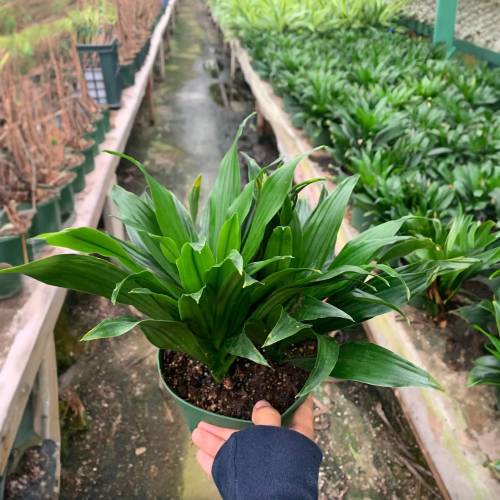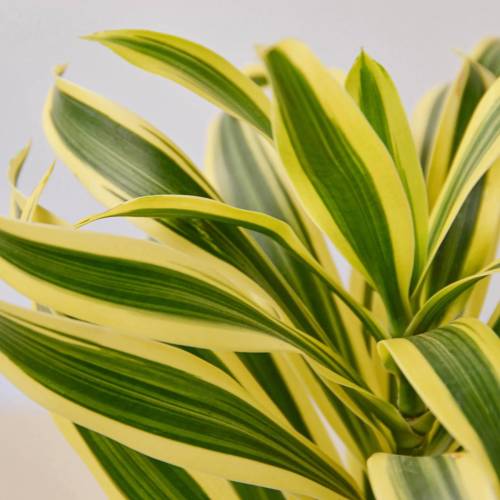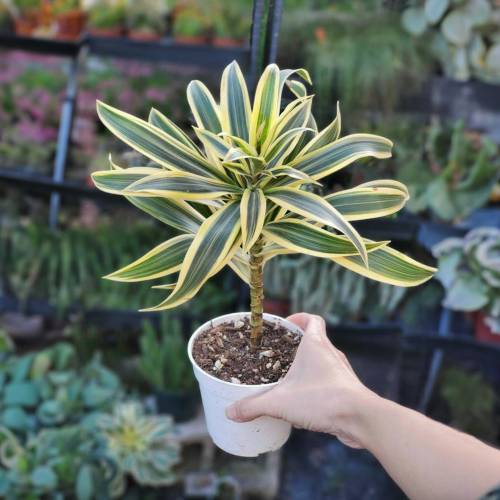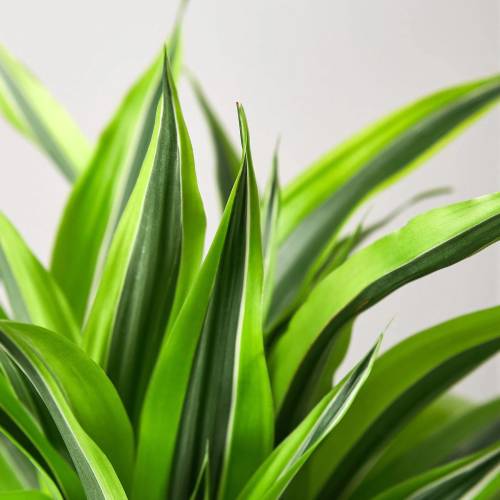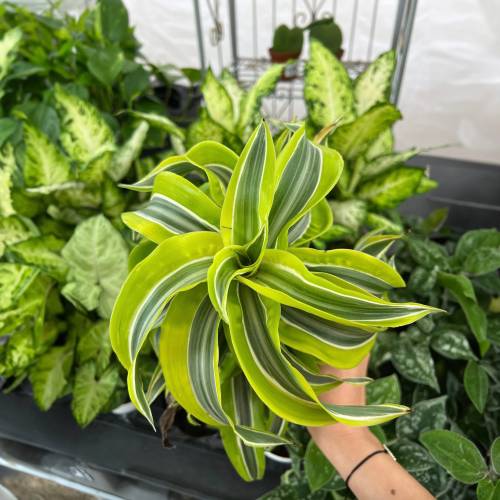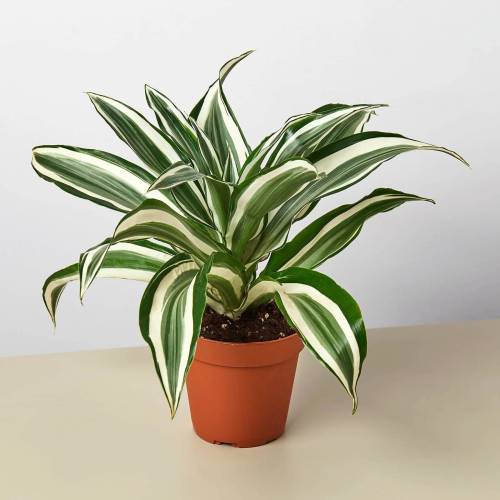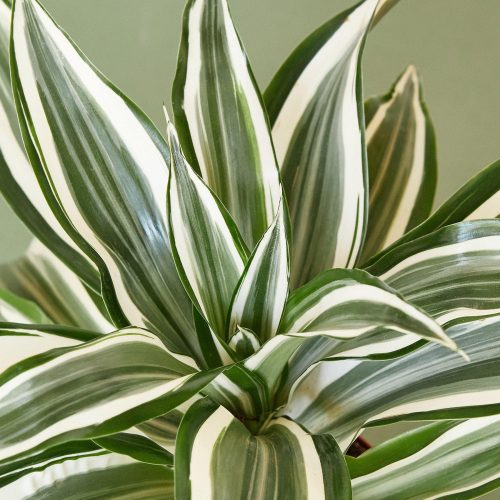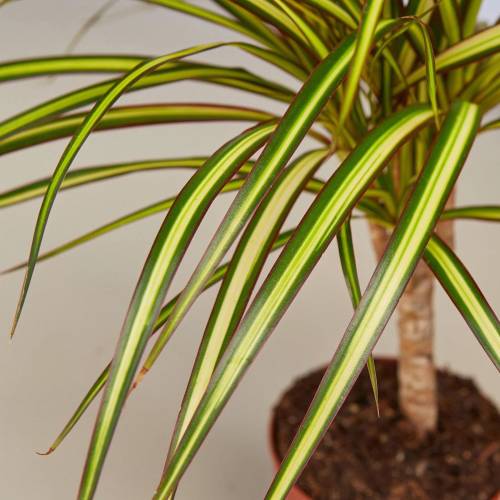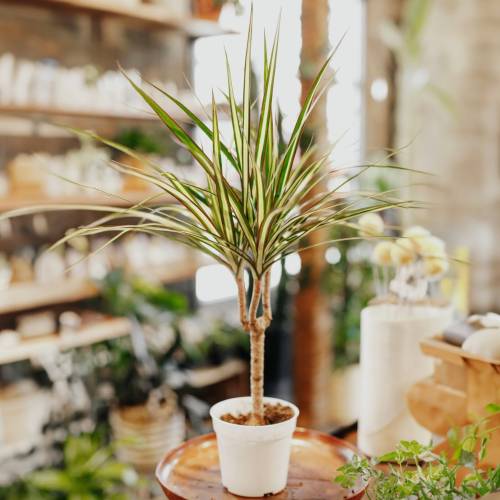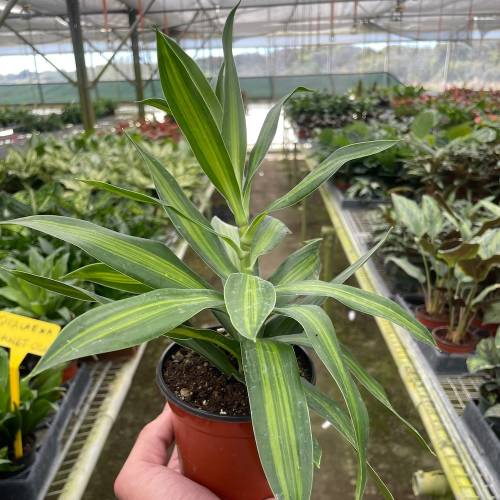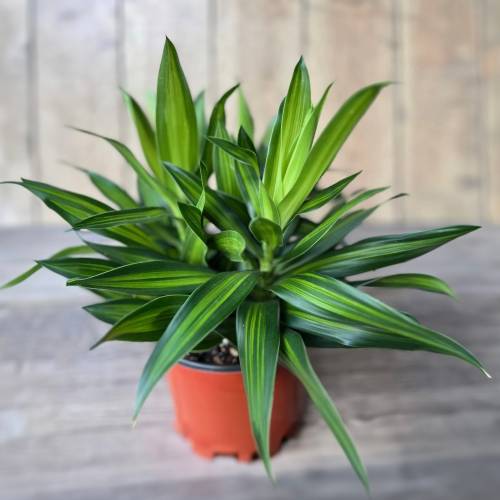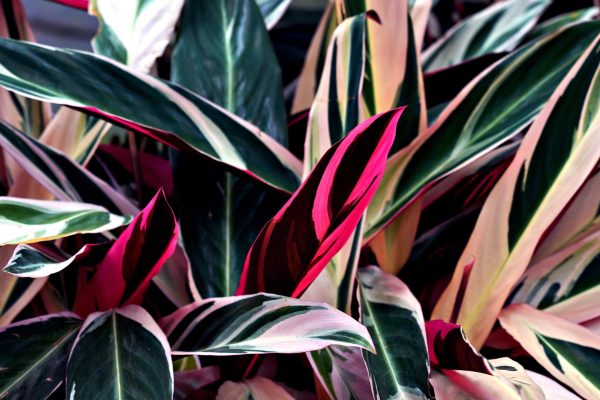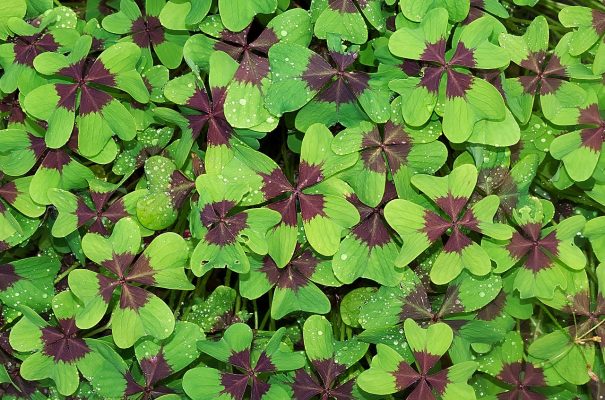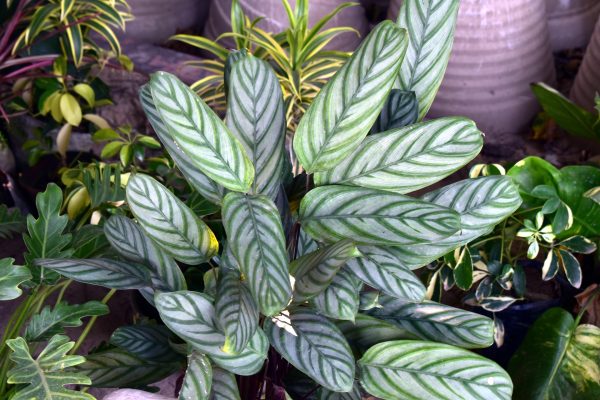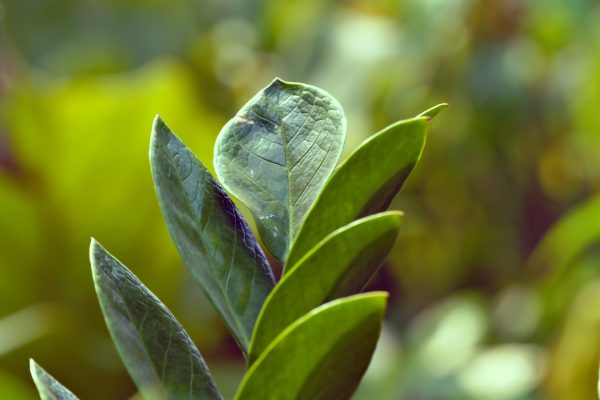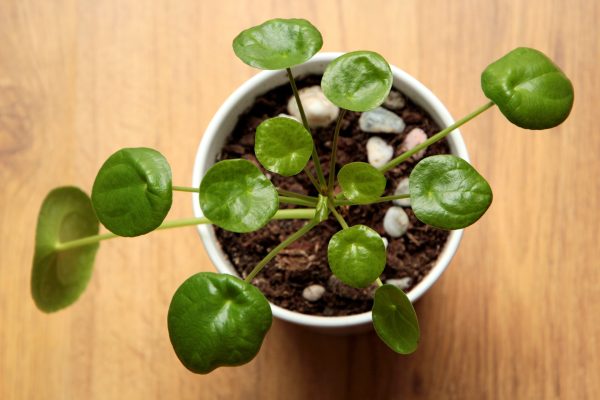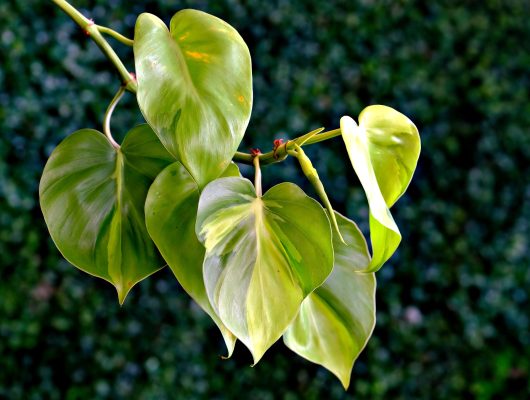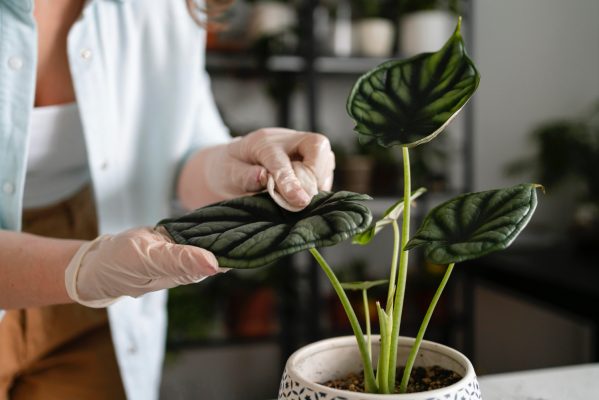If you’ve noticed your plant shedding leaves, it can be a cause for concern. Leaf drop is a common issue that can occur for various reasons, and understanding the underlying cause is essential for restoring your plant’s health. Let’s explore some of the most common reasons why plants drop their leaves and what you can do to help.
1. Watering Issues
One of the most common causes of leaf drop is improper watering. Both overwatering and underwatering can stress a plant, leading to leaf loss. Overwatering can cause the roots to become waterlogged, resulting in root rot, while underwatering can cause the plant to become dehydrated. In both cases, the plant will drop its leaves as a response to stress. To avoid this, ensure you’re watering your plant according to its specific needs. Check the soil moisture regularly and adjust your watering schedule accordingly.
2. Changes in Light Conditions
Plants are sensitive to changes in light. If a plant is moved from a bright location to a darker one, or vice versa, it may drop leaves as it adjusts to the new environment. Similarly, seasonal changes can affect the amount of natural light a plant receives, leading to leaf drop. To minimize this, try to keep your plant in a consistent light environment and avoid sudden changes in lighting conditions.
3. Temperature Fluctuations
Sudden changes in temperature, whether it’s from a drafty window, air conditioning, or heating vents, can cause a plant to drop leaves. Most houseplants prefer stable temperatures, typically between 60-75°F (15-24°C). Protect your plants from cold drafts and hot air blasts, and keep them away from direct sources of heat or cold.
4. Humidity Levels
Many indoor plants, especially tropical varieties, thrive in high humidity environments. If the air in your home is too dry, it can cause the plant to lose moisture through its leaves, resulting in leaf drop. Consider using a humidifier, placing a water tray near the plant, or misting the plant regularly to maintain adequate humidity levels.
5. Pests and Diseases
Insects like spider mites, aphids, and scale can stress plants and lead to leaf loss. These pests feed on the plant’s sap, weakening it and causing leaves to drop. Fungal or bacterial infections can also cause leaf drop. Regularly inspect your plant for signs of pests or disease, such as discolored leaves, sticky residue, or unusual spots, and treat them promptly with appropriate insecticides or fungicides.
6. Nutrient Deficiency
A lack of essential nutrients can cause a plant to shed its leaves. Nitrogen, phosphorus, and potassium are crucial for healthy growth, and a deficiency in any of these can lead to leaf drop. Use a balanced fertilizer according to the plant’s needs, and ensure the soil has the necessary nutrients to support healthy growth.
7. Natural Aging Process
It’s important to remember that some leaf drop is normal. As plants grow, they shed older leaves to make way for new growth. If your plant is generally healthy and only a few leaves are falling off, it may just be a part of the plant’s natural aging process.
8. Stress from Repotting
Repotting a plant can be stressful, leading to temporary leaf drop. The roots may become disturbed, or the plant may need time to adjust to its new environment. After repotting, give your plant some time to acclimate and avoid overwatering until it shows signs of new growth.
Leaf drop can be a signal that your plant is experiencing stress. By understanding and addressing the potential causes, you can help your plant recover and thrive. Regular care, monitoring, and adjustments to its environment will go a long way in keeping your plant healthy and vibrant. If your plant continues to drop leaves despite your efforts, consider consulting a plant care specialist for further advice.
our recommendation
you may also want to know



